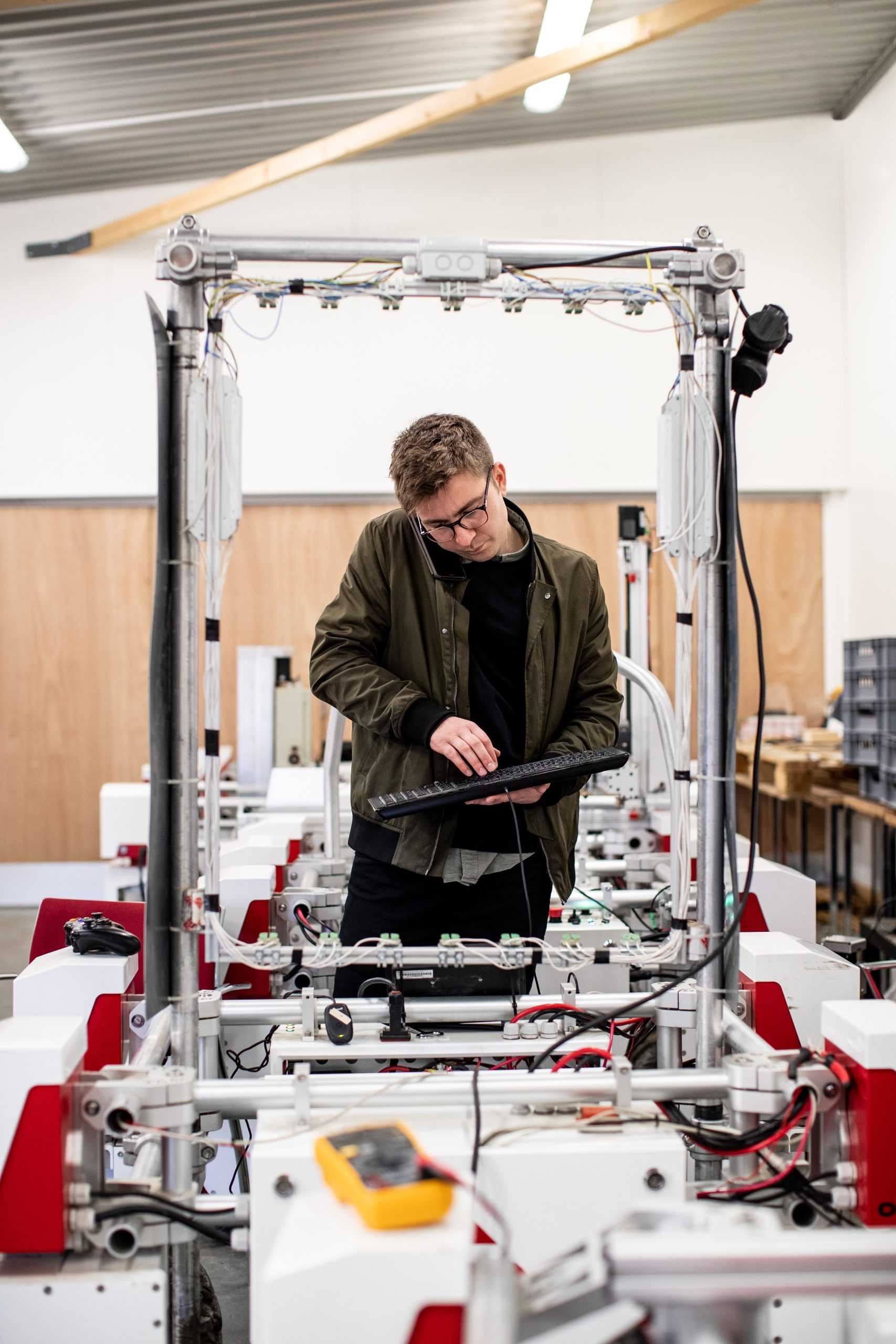AI Technology and It’s Impact on Tech Careers
While a surge of recent headlines might suggest its presence being relatively new, AI technology has been in development since the development of the digital computer in the 1940s. Since the creation of the digital computer, humans have always been aware that computers are able to carry out very complex tasks, such as playing chess or computing mathematical equations in fractions of seconds. Now, AI technology can carry out tasks such as answering complex questions through Chatbots, and found in applications for computer search engines and medical diagnoses. An increase in the usage of AI has become the center of many conversations in many industries and the tech world has not been untouched by its impact. Now more than ever, AI technology is being implemented to take over simple tasks across industries and in job responsibilities.
What is AI Technology?
Simply defined, AI technology is “the ability of a digital computer or computer controlled robot to perform tasks commonly associated with intelligent beings,” according to Britannica writer, B.J. Copeland. Also noted by Copeland, Artificial Intelligence (AI) relies chiefly on the following components of intelligence: learning, reasoning, problem solving, perception, and using language.
AI technology uses many different forms of learning but the greatest teacher is simply trial and error; as soon as it encounters a solution to a situation it is having trouble with, it will store the answer away and pull it back up when the situation arises again. This is known as rote learning, and while easy to implement on a computer, generalized learning is a bit more difficult for AI to grasp. Generalization involves applying past experiences to perform similar but not the same solutions. Britannica helps provide a visual:
“A program that learns the past tense of regular English verbs by rote will not be able to produce the past tense of a word such as jump unless it previously had been presented with jumped, whereas a program that is able to generalize can learn the “add ed” rule and so form the past tense of jump based on experience with similar verbs.”
Another more difficult task, if not the most difficult for AI, is reasoning. To reason is to draw either deductive or inductive inferences; “In the deductive case the truth of the premises guarantees the truth of the conclusion, whereas in the inductive case the truth of the premise lends support to the conclusion without giving absolute assurance.” While there is some success in computers drawing inferences, true reasoning involves more than inferences. Inferences relevant to the particular task and/or situation is the core of true reason, something incredibly hard for AI to understand.
In AI technology, problem solving “may be characterized as a systematic search through a range of possible actions in order to reach some predefined goal or solution,” as noted by Brittanica. Problem solving can be used for automating tasks as AI can tailor its response to a particular problem, as long as it has been programmed to do so. For AI, there are two purposes that divide problem solving: general or special. You can read more about the differences here: Problem Solving in AI.
Perception is used in AI technology to identify moving objects such as individuals walking on the street or cars driving down the freeway. Using optical sensors, AI has the ability to scan the environment being presented to them to analyze how an object should be viewed digitally. One of the earliest developments of perception, Freddy, paved the way for AI technology to become what it is today. You can watch Freddy assemble a toy car and boat from a jumbled pile of parts here: Freddy the Robot at National Museums Scotland.
Language is not strictly the use of spoken words and can be broadly defined as a system of signs that have meaning depending on the usage. In recent months, the floodgates of ChatGPT have been opened to the public and are large language models that can respond to a question in a very similar way a human can. AI technology uses the languages found in digital channels and systems to create models such as ChatGPT.
Goals of AI Technology
With the five components of intelligence outlined above, researchers in AI technology have 3 main goals: to reach artificial general intelligence (AGI), applied AI, or cognitive simulation. AGI has the aim to build machines and computers that can think and become indistinguishable from the intelligence of a human being. Progress is difficult in this goal as there are extreme complexities involved as some researchers believe it is fully impossible to mimic the entirety of a human mind. Applied AI has had more success than AGI and its ultimate goal is to produce “smart systems.” Applied AI is also known as advanced information processing. Cognitive simulation, the most successful goal of the three especially in neuroscience and cognitive psychology, uses computers to test theories about how the human brain works.
With these goals in mind, it is easy to fall into the assumption that research and progress in AI technology has increased the chances of jobs being taken over by robots and that those within the tech world might not have job security in the future. These assumptions, while valid among media frenzy, are far from the truth of the AI surgence.

Al Technology’s Impact on Tech Careers
The role of humans in AI technology will always remain essential to the field. With the efficiency of automation from generative AI, some tasks and certain jobs will undoubtedly undergo change and the increased implementation of AI in the workforce will change how AI and humans work together. As noted in a recent Forbes article, “while certain parts of work can be expedited, Gen AI will not replace the need for human expertise and input. It will simply enable employees to engage with their work differently—increasing speed, quality, and efficiency at scale.”
As more companies integrate AI technology into daily operations, the more there will be a need for skilled professionals to develop, manage, and maintain those technologies. Those skilled in data science, machine learning, and data management can see a rise in opportunity and need for their skills to help companies and organizations thrive in the current digital economy. Proficiency in Python, computing, mathematics, and linguistics will be of high value in the evolution of AI technology in the tech industry.

Staying Ahead of the Curve with Certificate Programs
Continued learning and an attention to upskilling when necessary will be key to staying successful in the ever changing digital economy, especially in the tech industry. AI, while it might come close, will never have the full power of the human mind; those who develop their skills to complement what AI can do, tech professionals can “drive innovation, enhance user experiences and tackle complex challenges in a more comprehensive and ethically responsible manner.”
With the power to change the landscape of the tech industry, AI technology brings both challenges and opportunities for tech professionals. While it might change the work of some jobs, it might create new jobs that have yet to be discovered. Those who stay on top of their tech skills can help “shape a future where technology complements human skills and fosters innovation.”
DWC offers a wide range of technology certificate programs including Python Data Science and Frontend Web Development to help you upskill the skills necessary to foster meaningful connections with the rise of AI technology. Register for an info session to talk to a student advisor about how DWC can empower you with the skills to land the career you want.
